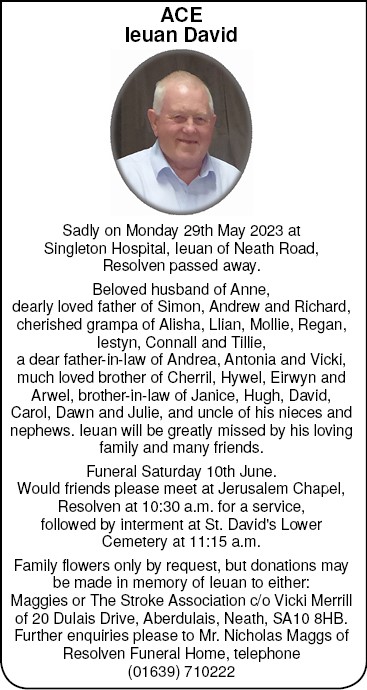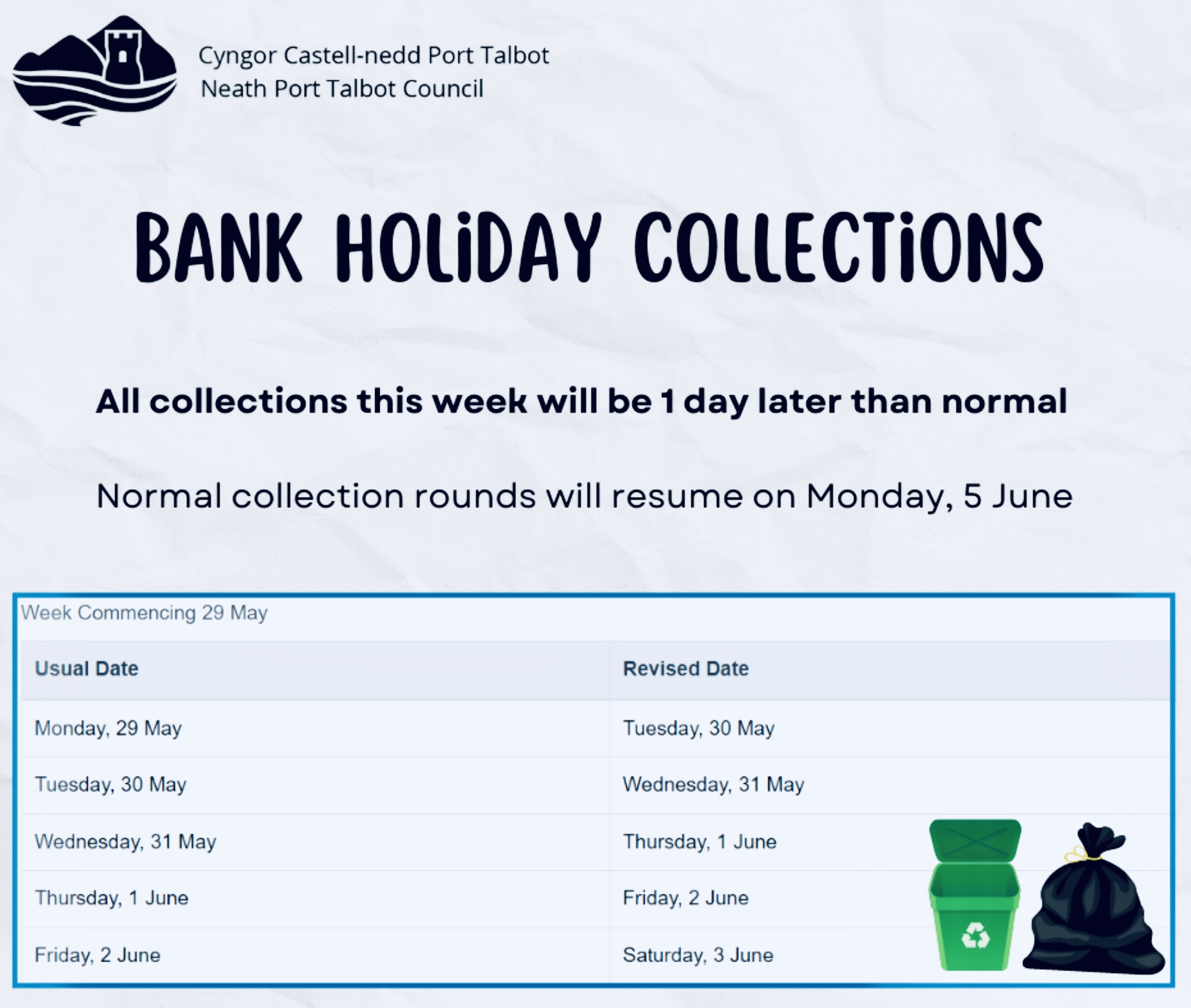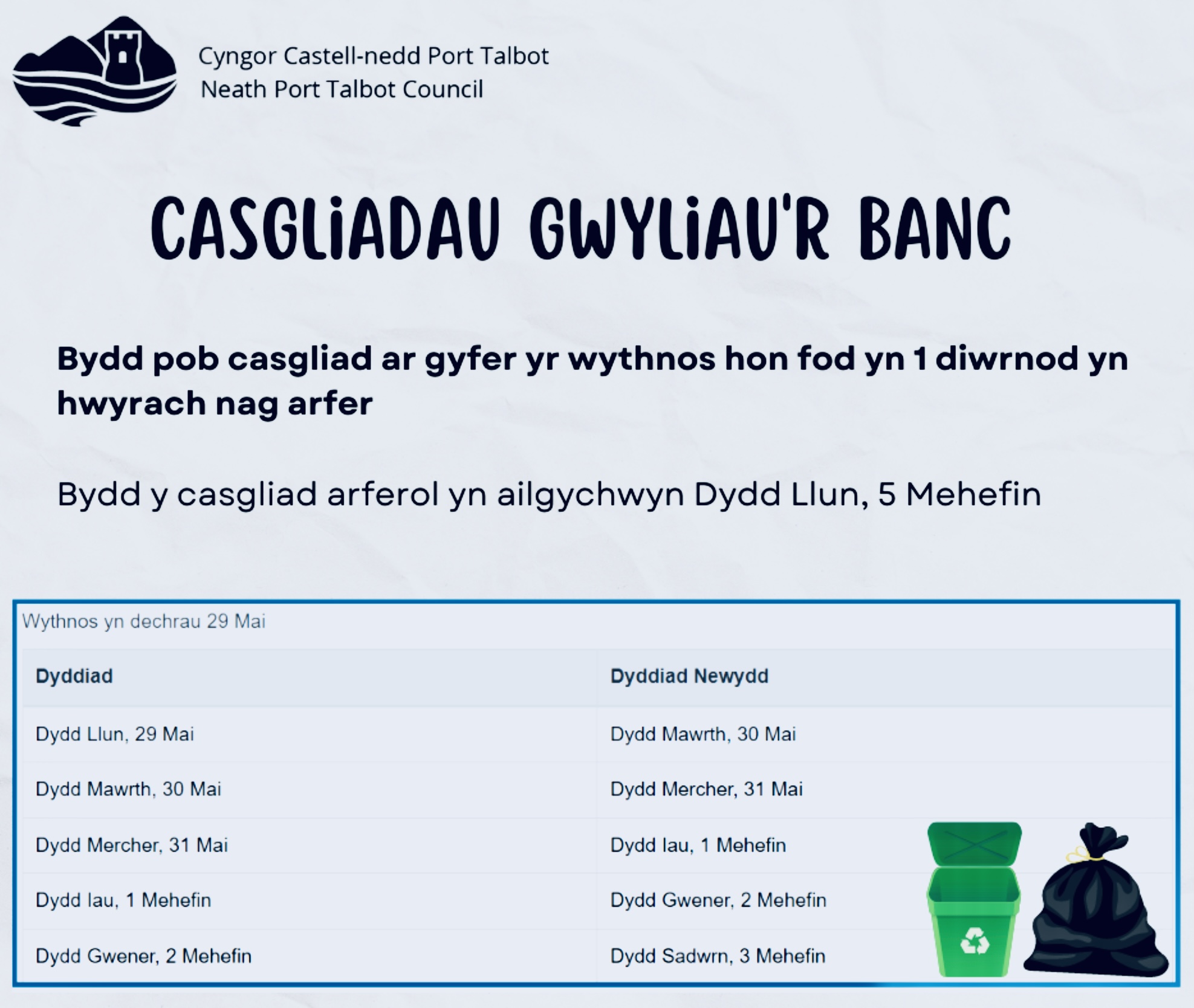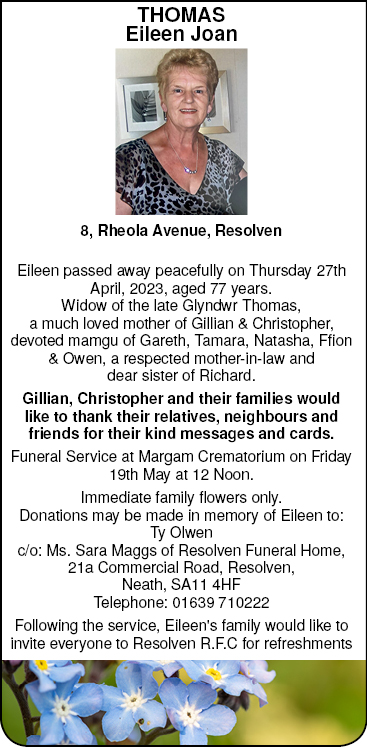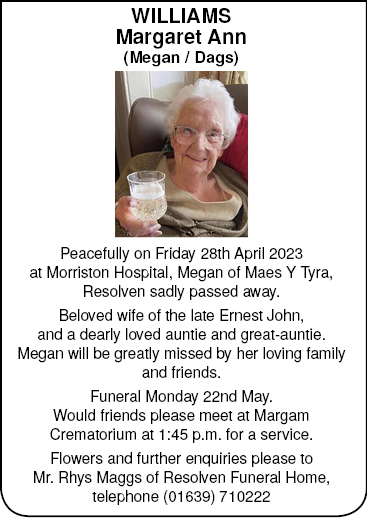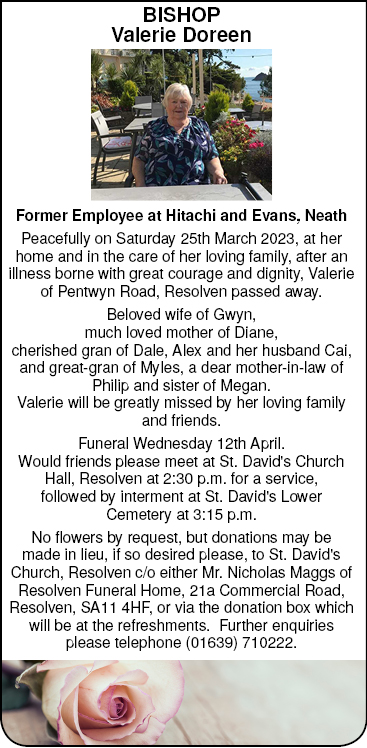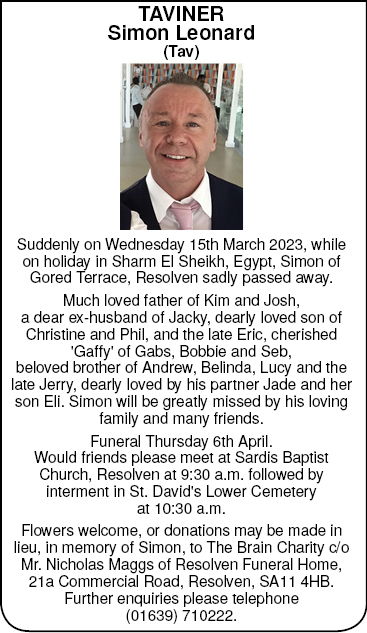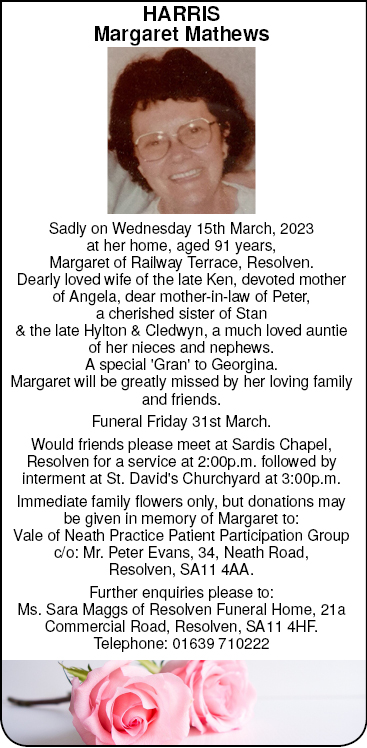A Sad Farewell to Mike Davies
It is with great sadness that we report the untimely passing on Wednesday the 24th May of Mike Davies, our Resolven District News photographer. He was 79.

Mike was a great friend and a valued and talented long time member of our RDN website team.
He was such a special and gifted photographer who hailed originally from Abergarwed, a small community which is a short distance from Resolven.
Mike and his twin brother Patrick along with their Dad became well known as part of the popular and locally successful Vernon Davies band in the 1960’s/70’s.
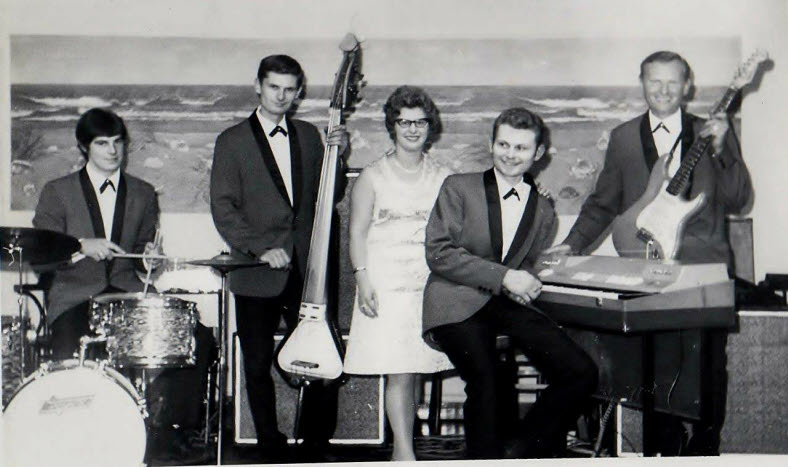
Mike always felt a strong connection with Resolven but was always proud to call himself an Abergarwed boy and one of the Abergarwed twins.

One of the twins’ earliest recollections and association with Resolven was performing and playing their instruments at just 13 years of age in a local dance held in the Vivian Hall.

From the start of Resolven District News, Mike shared his gifts as a great photographer with us but his images were often seen on our television screens too during the News weather forecasts, as well as in countless other areas where he was successful and admired for his great skills with a camera. He captured the life of a community for the future with his amazing coverage of Neath Town events over many years. But luckily for us, he was also Mike Davies Resolven District News photographer.
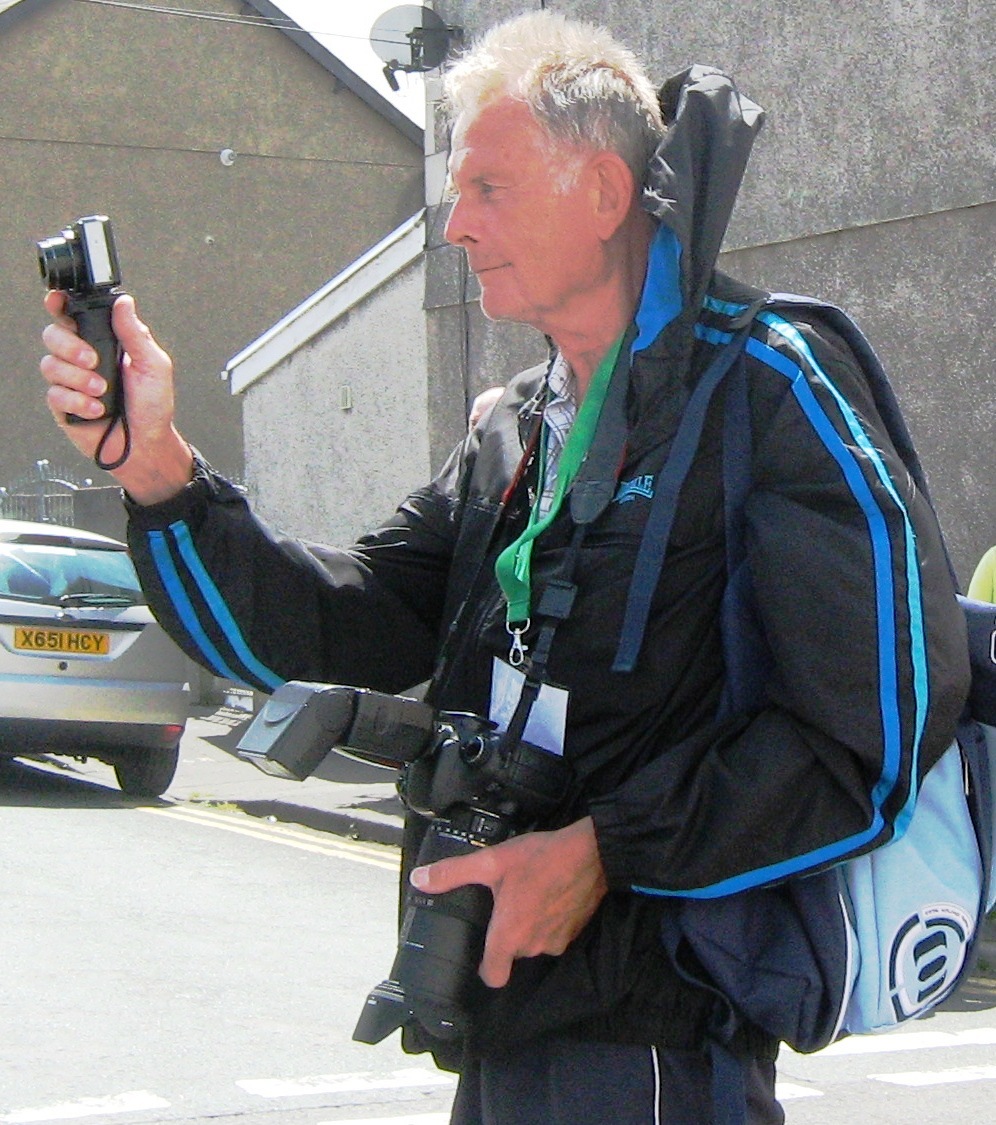
The following scenes and images are a small selection of Mike’s unique ability and skill for capturing and bringing to the screen the natural world at its very best.
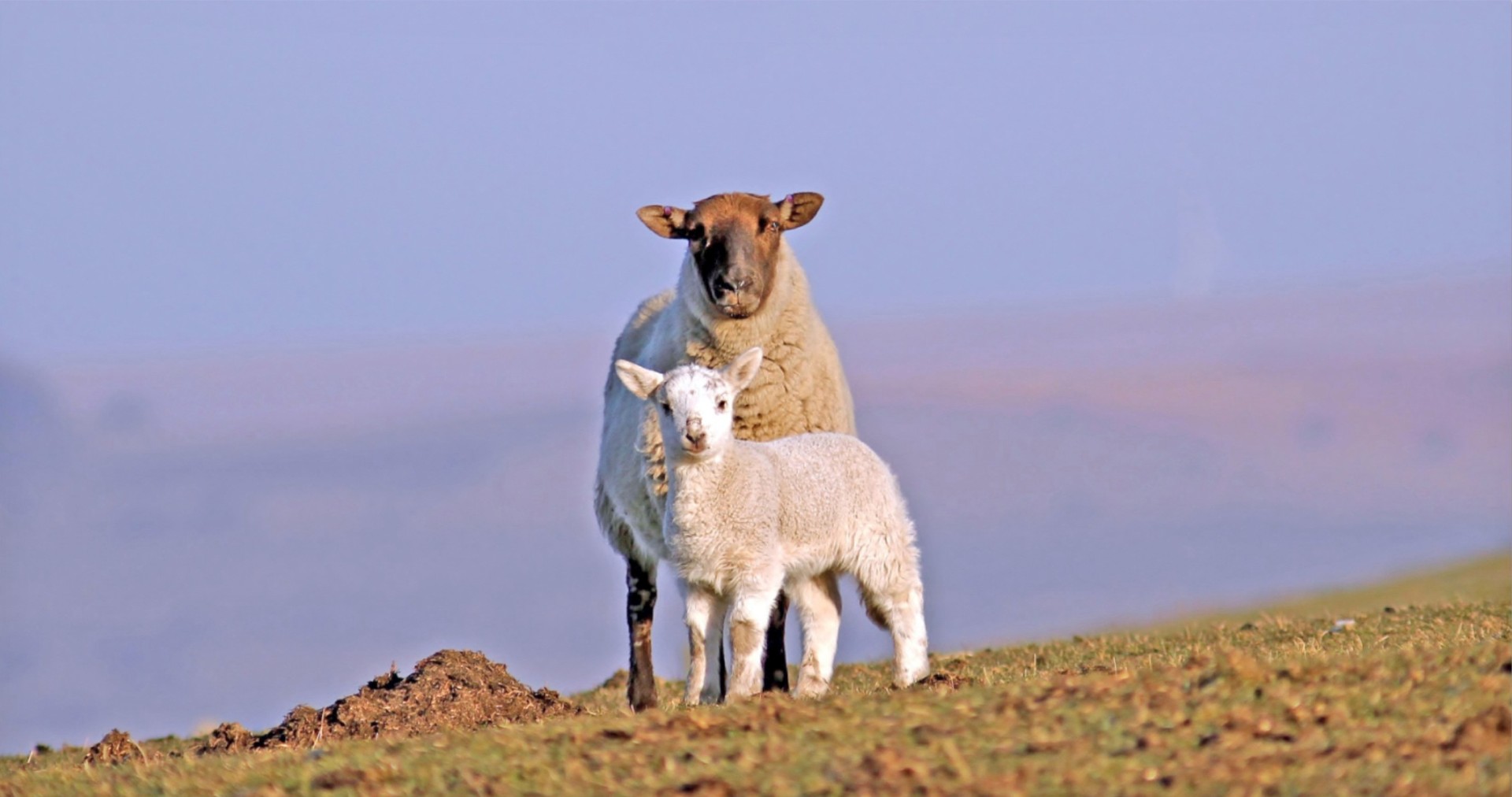
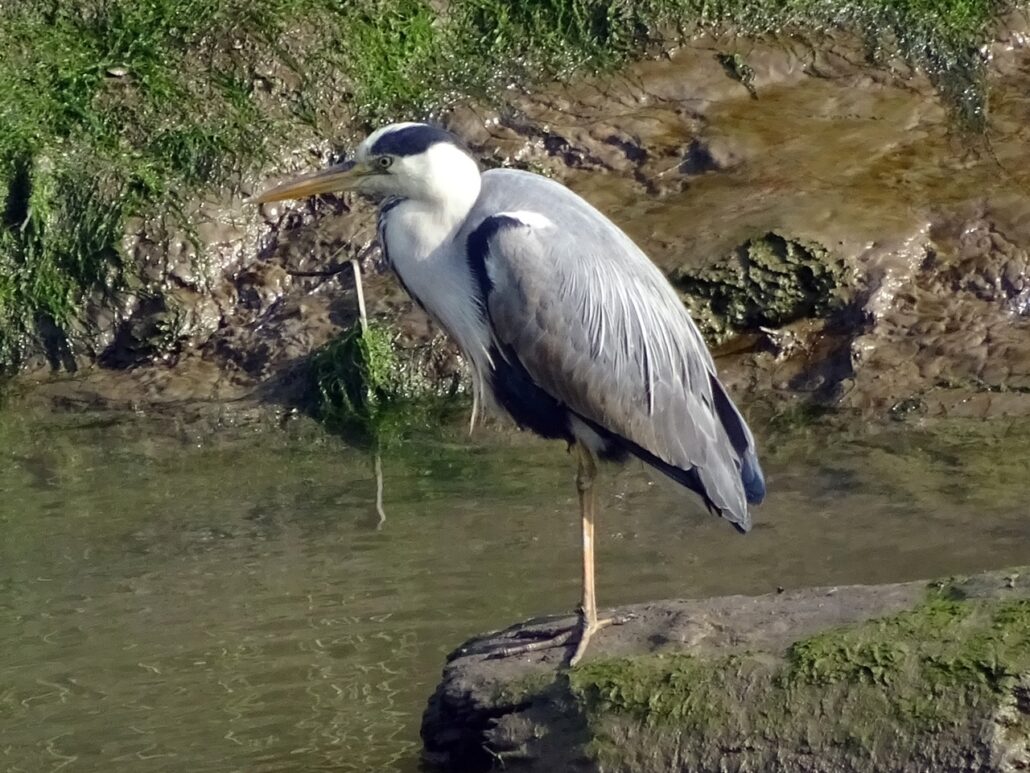
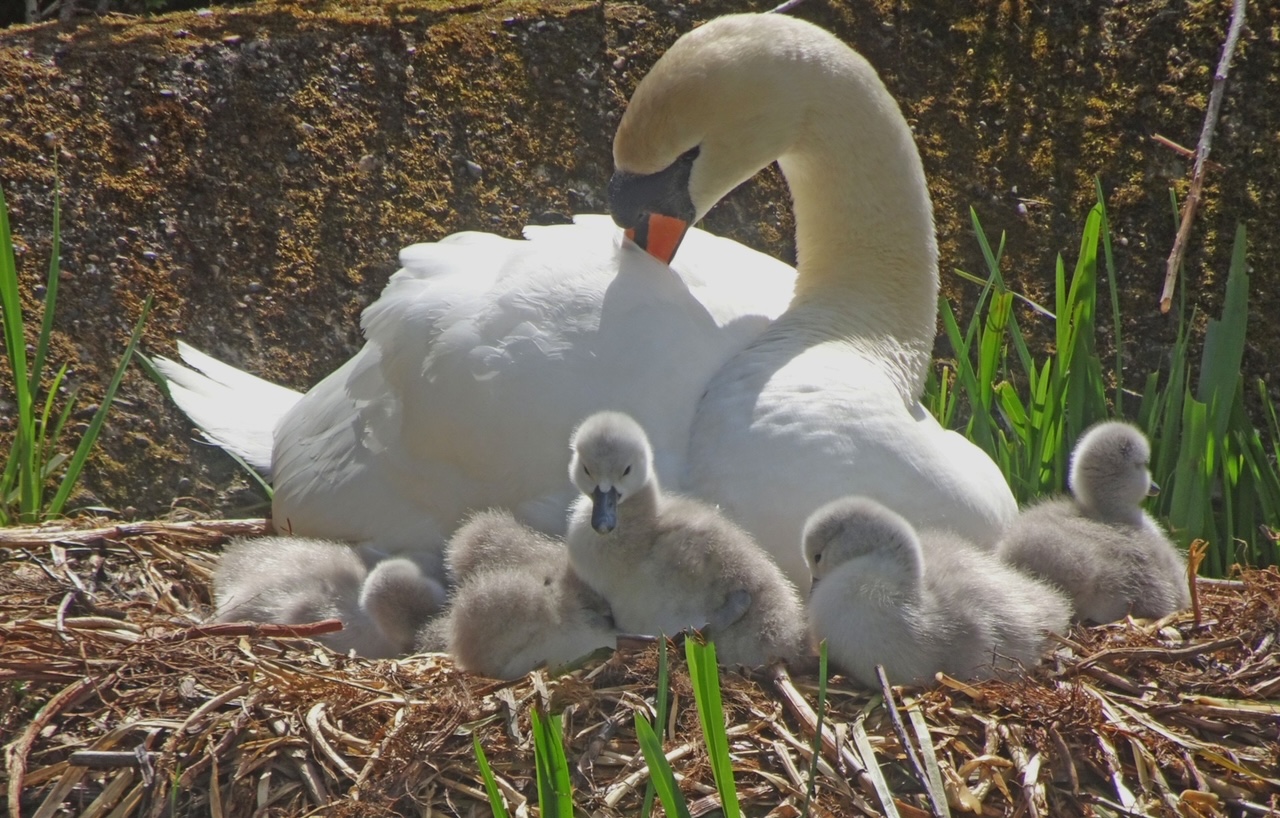
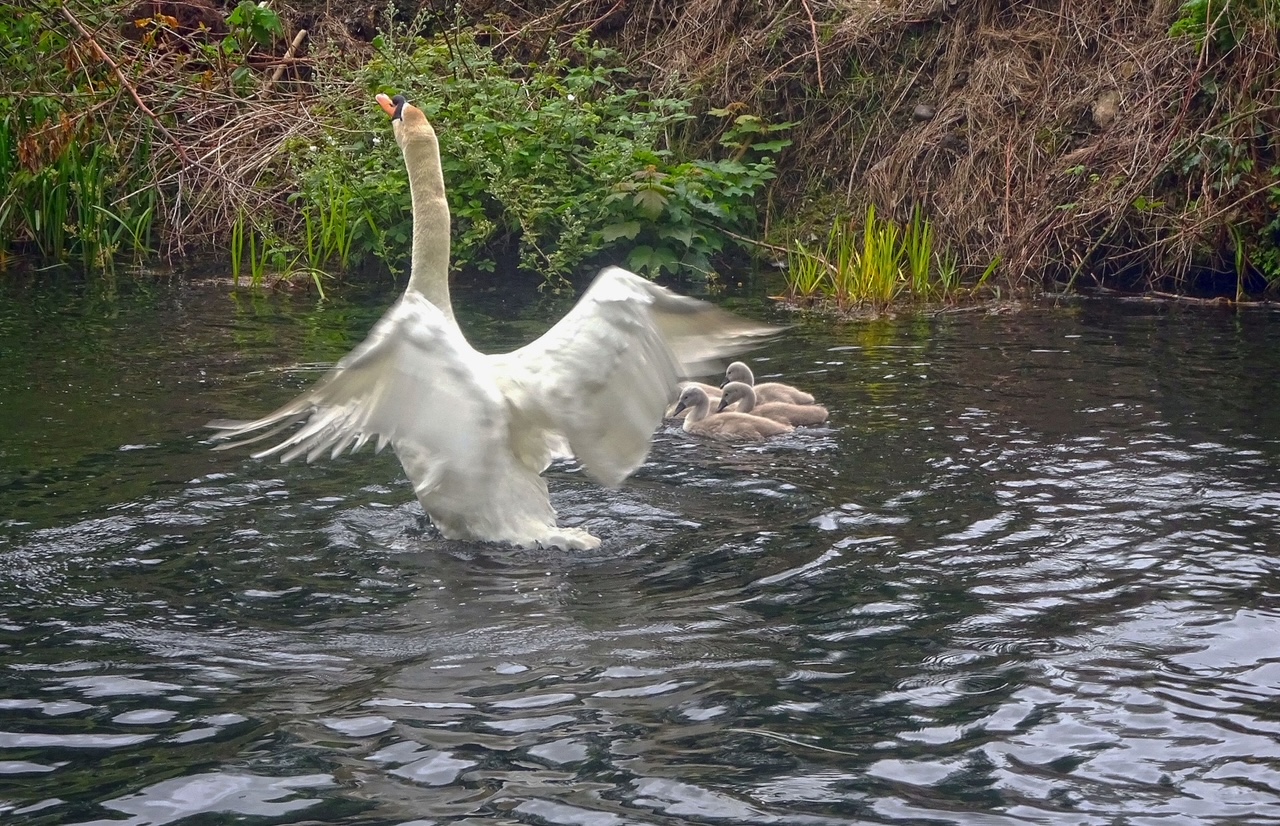
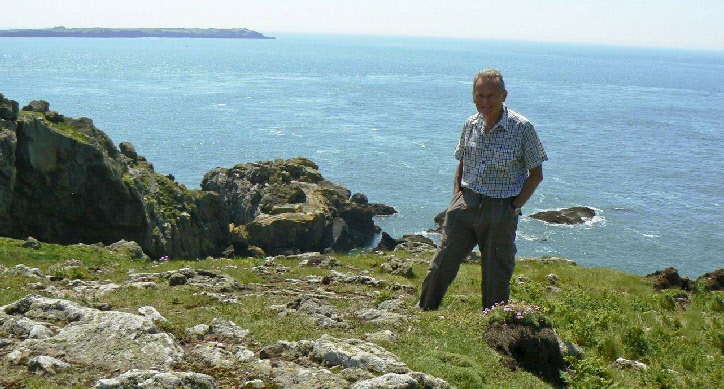

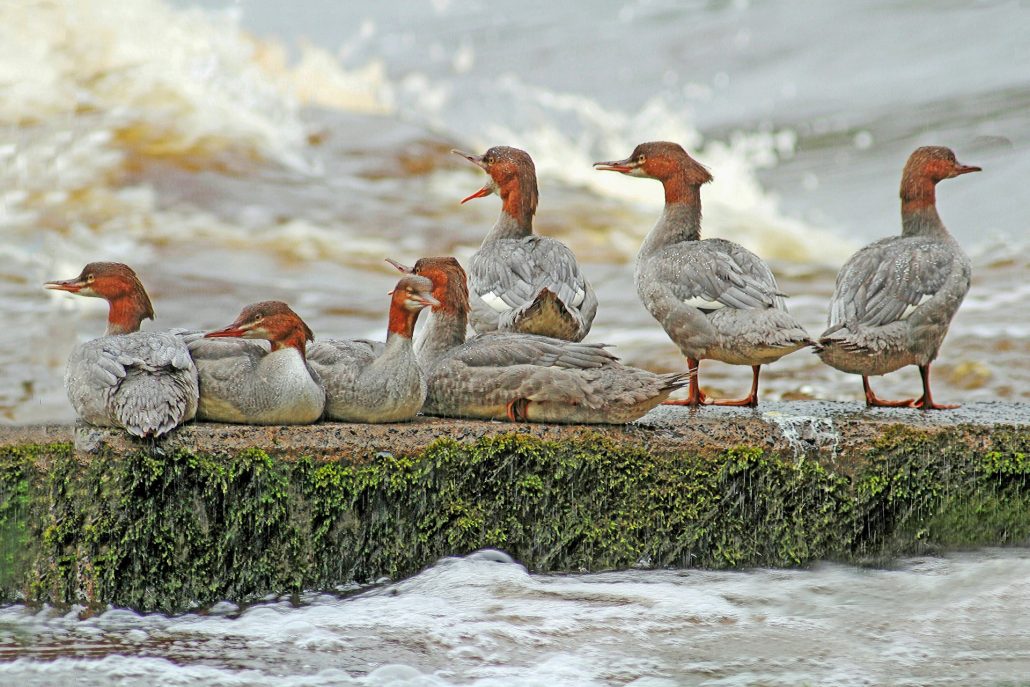
.

.
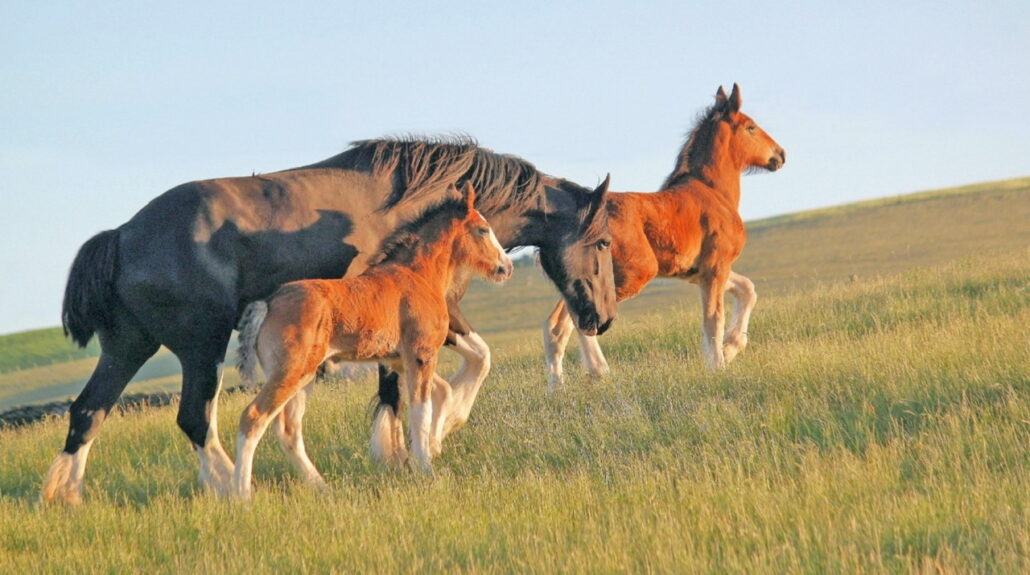
.

.
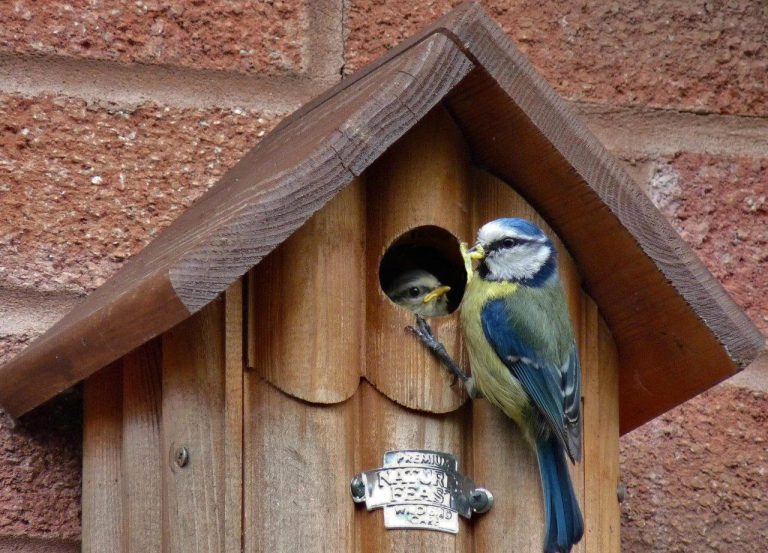
.
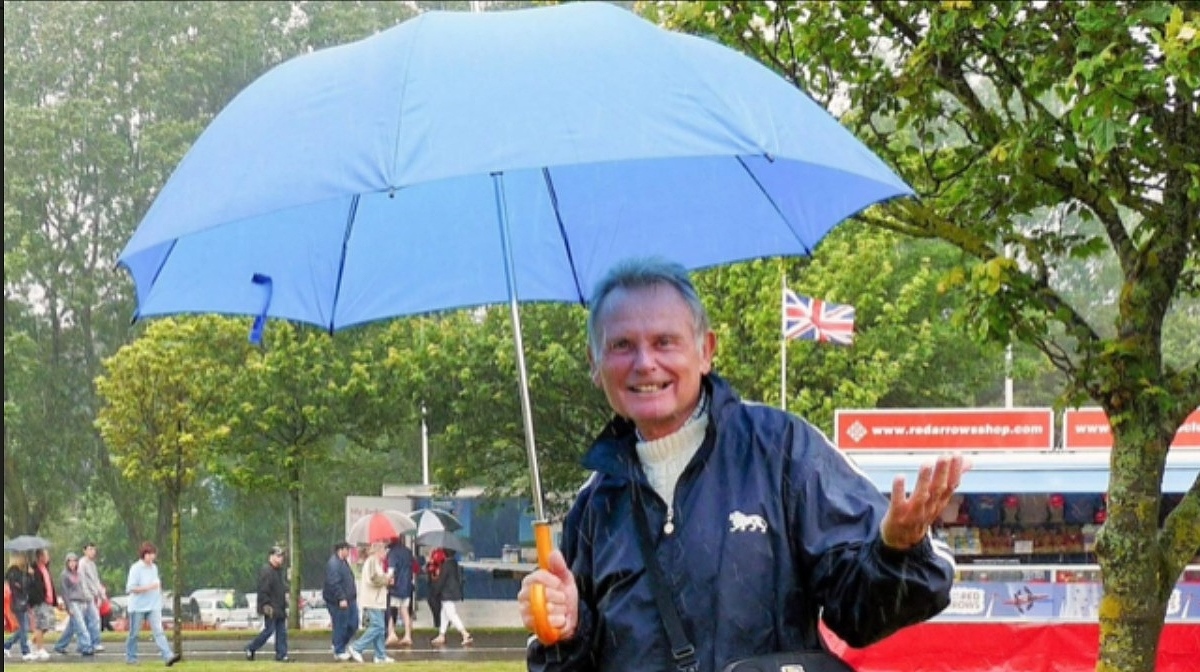
.
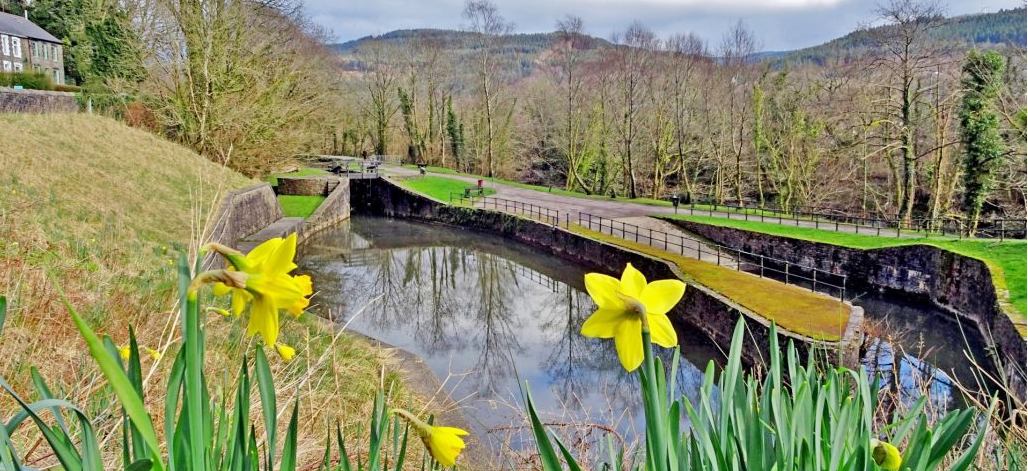
.
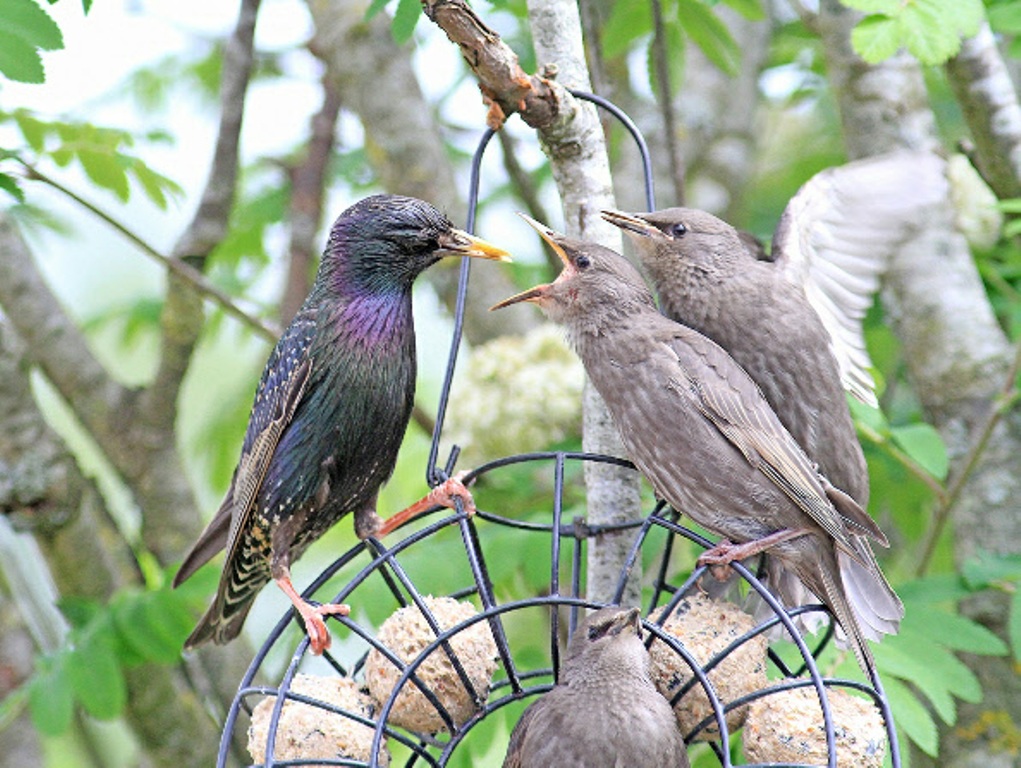
.

.
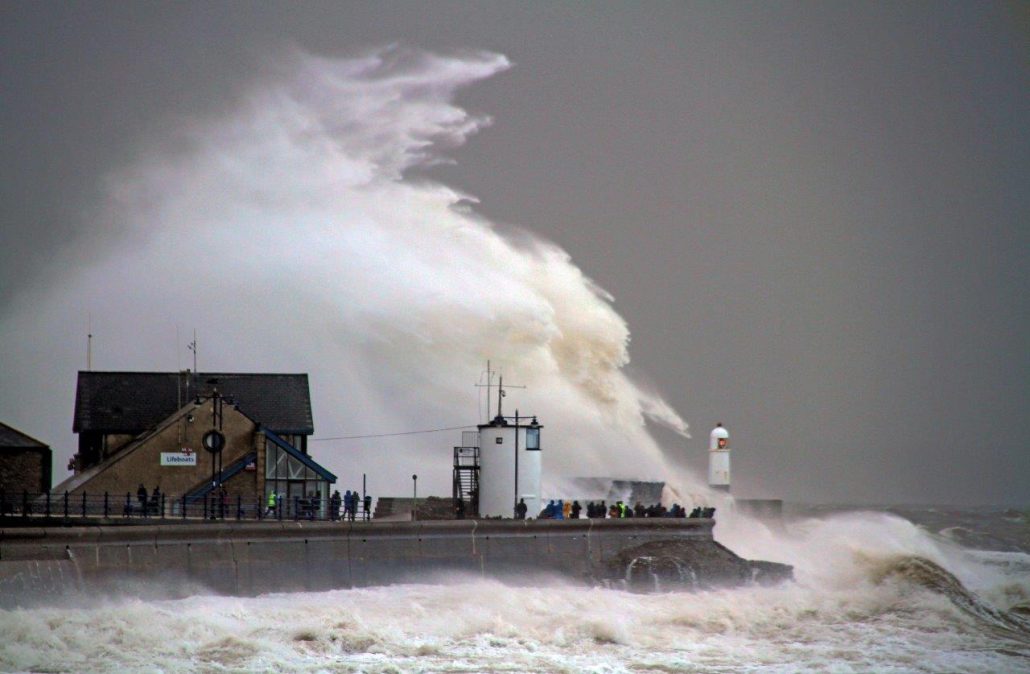
.

.

.

.

.
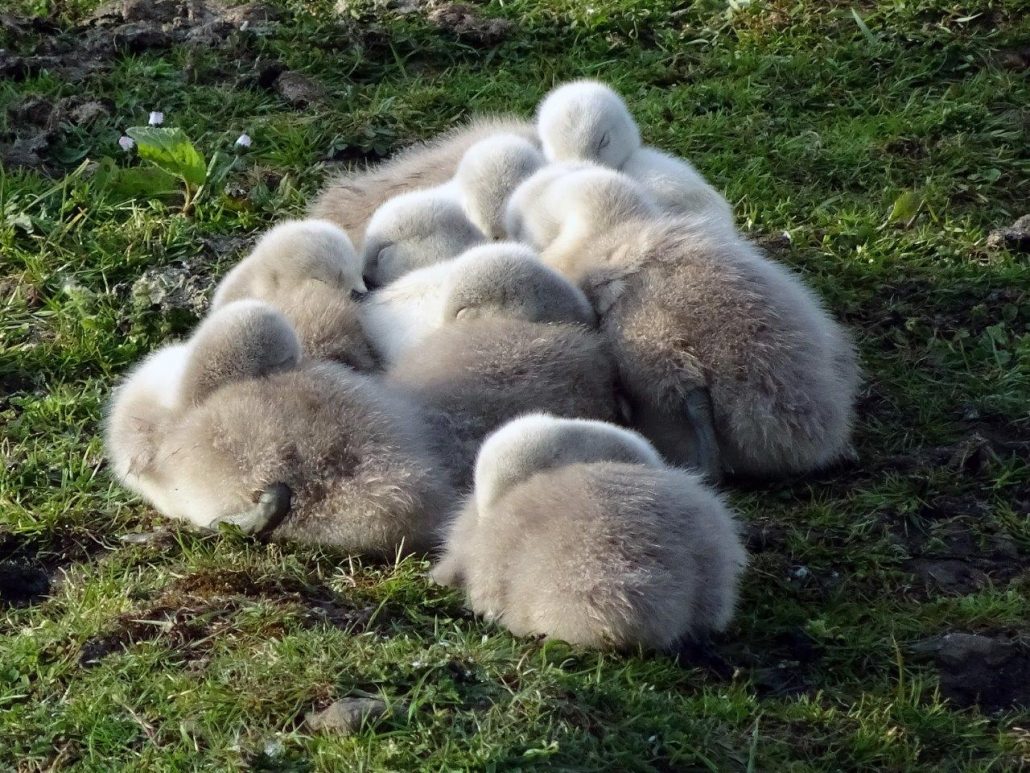
.

.


Mike was a keen member of the ‘Cloud Appreciation Society’

.

.

.

How fortunate we were to be able to write “images by RDN photographer Mike Davies” in edition after edition of RDN

He was one of life’s gentlemen with a pleasant smile and cheeky manner and will be sadly missed by all who knew him and especially those who admired and enjoyed his special talent.
~ ~ ~
Anita, Hugh & Lorna
{RDN Team}
Our deepest sympathy goes to Mike’s Family at this sad time.
~ ~ ~ ~
Latest from Ynysfach Primary School
Ynysfach Primary School held a fete on Thursday 4th May to celebrate the King’s Coronation and one year since the Big Bocs Bwyd shop was opened in the school yard. The fete was a great success and very well attended by parents and the local community. We even had a visit from past Welsh rugby legend Paul Thorburn who very kindly provided some lovely raffle prizes. The pupils, staff and governors of Ynysfach would like to say a big thank you to everyone who attended the fete and also to those who provided raffle prizes and helped out on the day. As always we are very grateful to everyone for their support

Ynys Fach Primary School Fete
Ynysfach Primary School will be holding a a community fete and coffee afternoon on Thursday the 4th of May at 1.30 to celebrate the King’s Coronation. It is alao a celebration of one year since the school’s Big Bocs Bwyd opened

Pupils will be running stalls and if anyone in the local community would like to have a stall they can do so for a small donation by ringing the school office on (01639) 710238.
We would like to invite the whole community to this event – everyone is welcome.
Many thanks,
Elise Groth
ALNCO
Ynysfach Primary School,Resolven
Tel: 01639 710 238
Jack_Walkaholic Continues walking along the Wales Coast Path
Home Turf
Aberavon to Bynea on the Wales Coast Path by Jack_Walkaholic.
Previously on the Wales Coast Path, I walked from Chepstow to Aberavon, and if you missed it, check out my previous episodes on Resolven District News! But now, we’re ready for a new adventure starting at Aberavon.
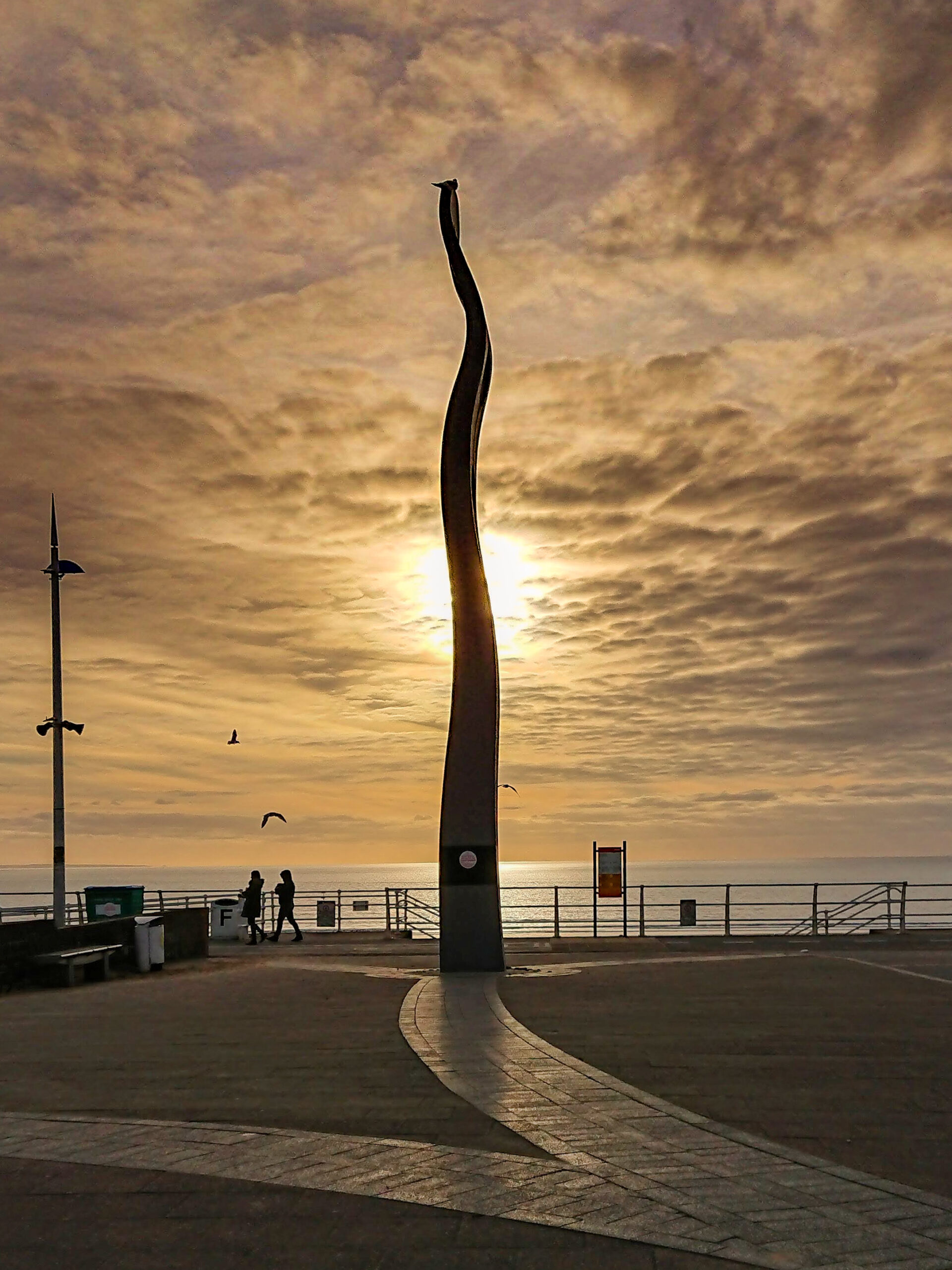
Early morning in Aberavon is a magical experience. The sun slowly rises and the mist adds an ethereal touch to the surroundings. Growing up, Aberavon was a dirty beach, but not anymore!
It has recently been awarded a blue flag clean water award. Walking up the beach towards the Neath estuary, I suddenly encounter the power plant – a stark contrast to the clean, wholesome environment. But I continue on, crossing the Old Briton Ferry Bridge, and making my way towards Swansea through Jersey Marine.

From Swansea, it’s a quick jaunt to Mumbles, and from there, I follow the path around the cliffs to Langland and eventually reach Caswell where I stop for the day.

Early morning with a beautiful sunrise and high tide in Caswell is an unforgettable experience.
The only sounds are the waves crashing against the rocks, and there’s no one else around to disturb the peacefulness of nature.
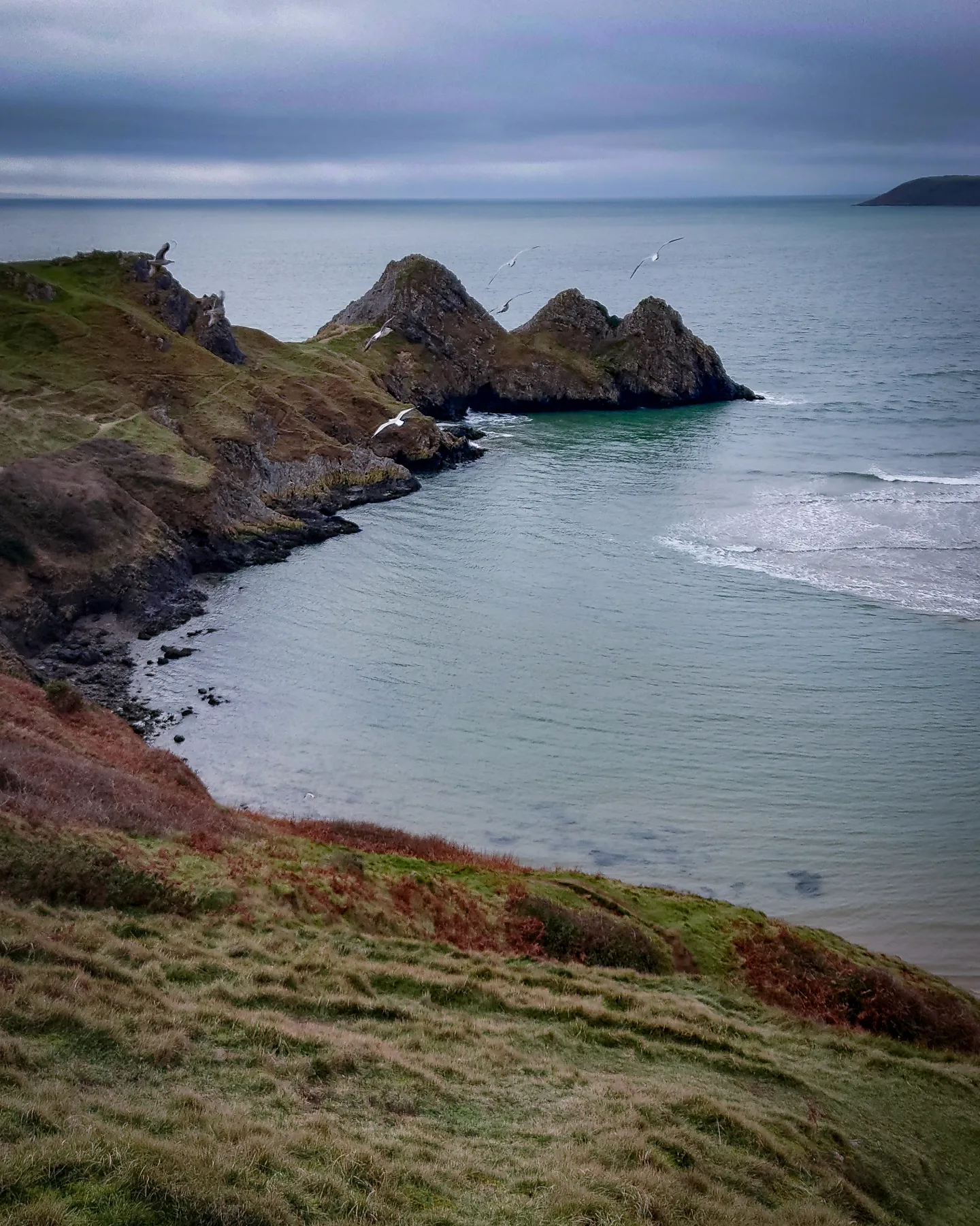
The Wales coast path then takes me around the coast, meandering around Brandy Cove, Pennard, Southgate, and eventually Three Cliffs. At Three Cliffs, I encounter Pennard Castle with its amazing view of the bay. I cross the stepping stones and hike over a sand dune and cliff to reach Oxwich – a beautiful beach, but unfortunately, the rain starts and obscures the other end of the beach.
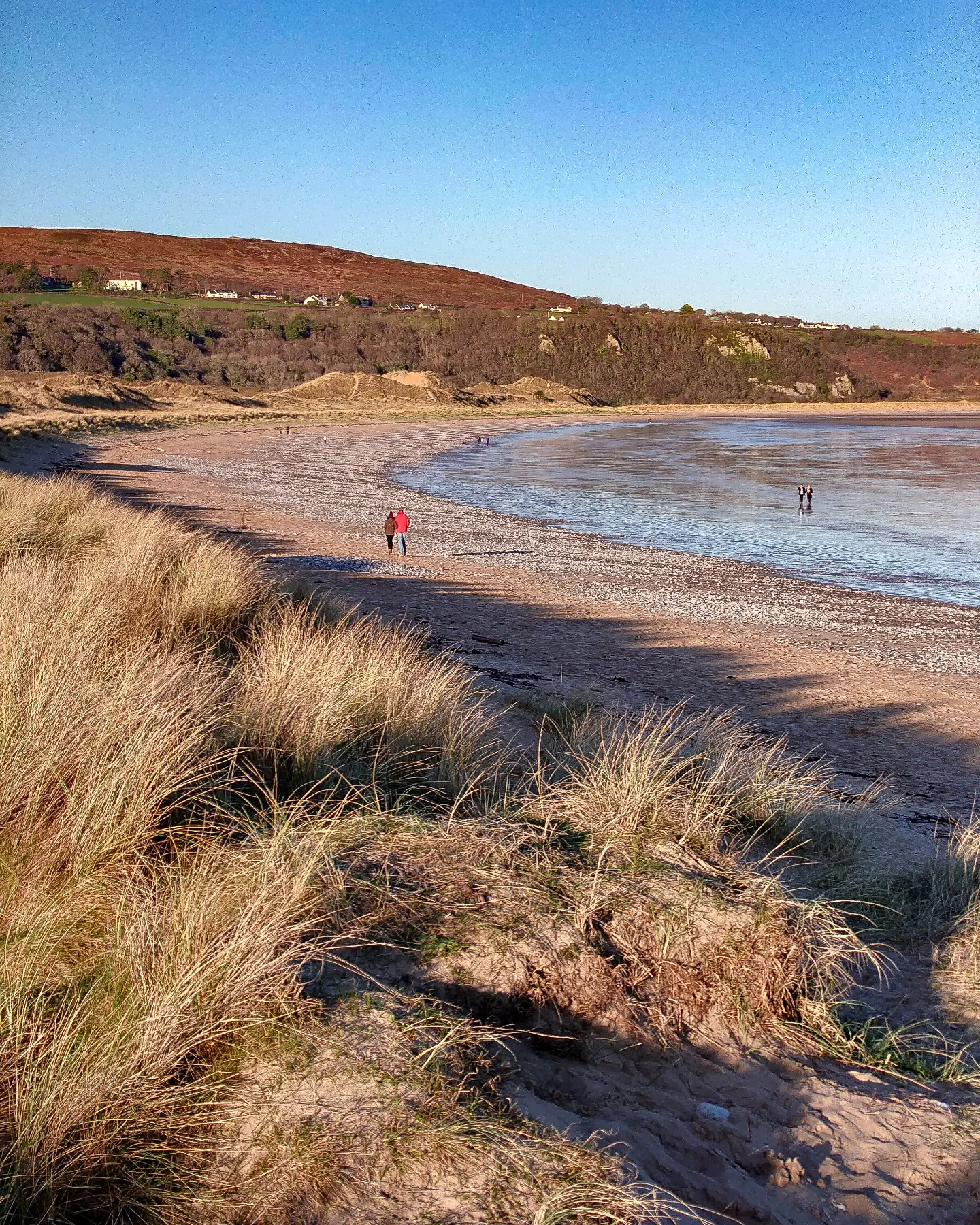
Despite the rain, I continue on, walking through the nature reserve, passing Oxwich Bay Hotel and St Illtyd’s Church and around the headland. Next up is Port Eynon Bay where I finish my day, but the weather takes a turn for the worse. Climbing to Port Eynon point and walking to Culver hole is challenging due to the fog, and the rugged coast makes it difficult to see far. I pass by Mewslade Bay and finally reach Worms Head, but unfortunately, the fog is too dense to see the old Coastguard station at the bottom of the cliff.

As I continue onward to Llangennith, I begin heading east for the first time, walking to Llanmadoc and Whitford Point, (also known as Whiteford Point). When I finally reach Whitford Point, I’m standing on a spit of shells, mesmerised) by the waves coming from both directions. It’s hard to leave, but it’s getting late, and I must continue on.
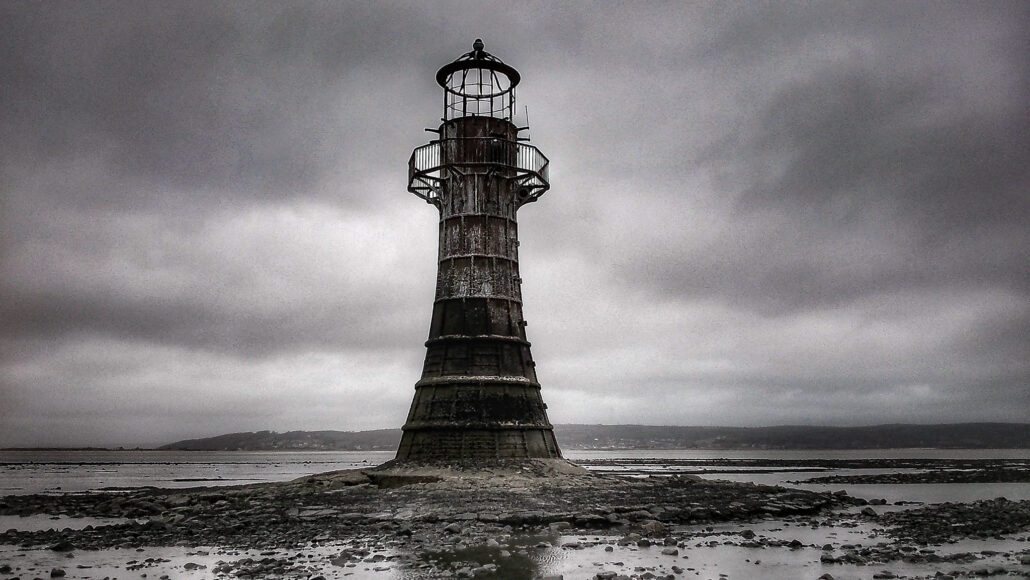
Another day of rain take me through Cheriton, Llandimore, and Weobley Castle! As I wander through these quaint places, I can’t help but feel like I’m stepping back in time. Weobley Castle is so close, yet mostly, hidden from view, it’s almost like a secret waiting to be discovered. Just past the castle lies the Marsh Road, a beautiful stretch of land that can get flooded during high tide. But don’t worry, I’m up for a challenge!
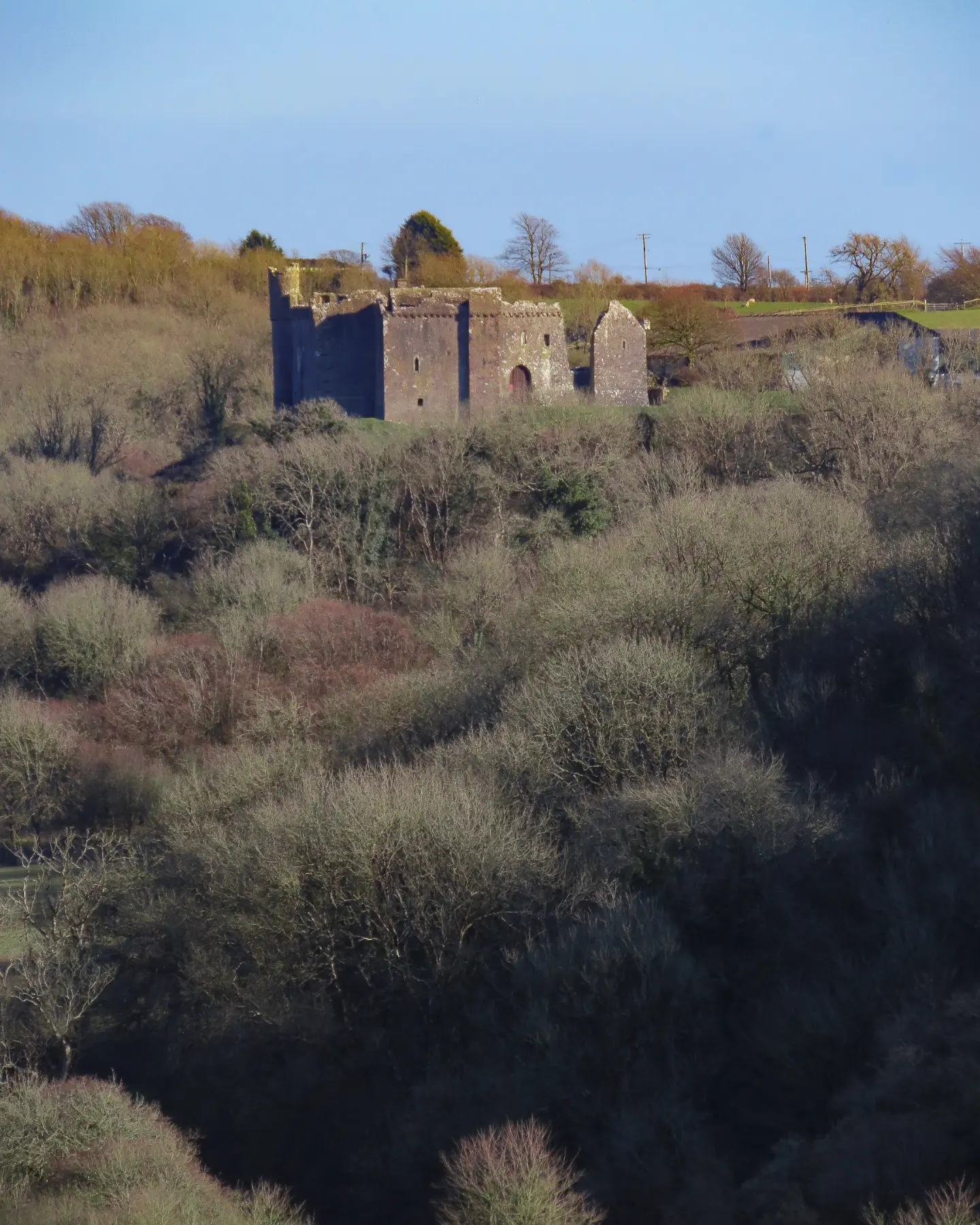
As I continue my journey, I reach Crofty and take a moment to look back at how far I’ve come.
I can see the path winding ahead of me, and I can’t wait to see where it will take me next. The next few miles are on the road, and I’m following in the footsteps of those who once transported cockles from Penclawdd to the rest of the world. The scenery is breathtaking, and I can’t help but stop and admire the view from the mountain behind the ‘Rake and Riddle’.
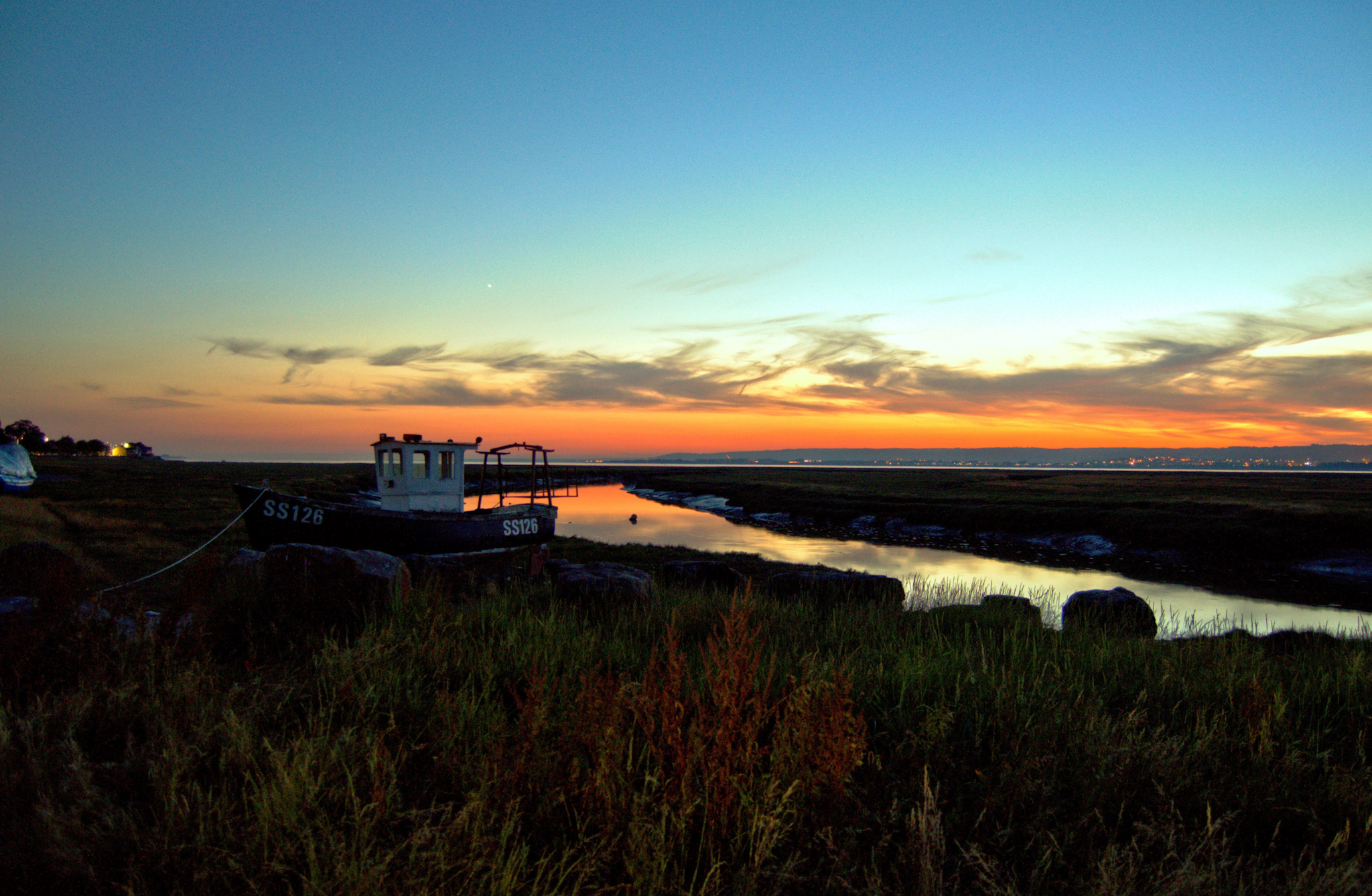
But wait, the adventure isn’t over yet! The path takes me up a hill, where I can take in stunning views of the estuary. Then, back down to sea level, the path seems to have a mind of its own. I find myself on a road, then through a campsite, across a railway and a bridge, and suddenly, I’m in a park! But I’m not lost, I just follow the signs and trust that the path will lead me to my next destination.
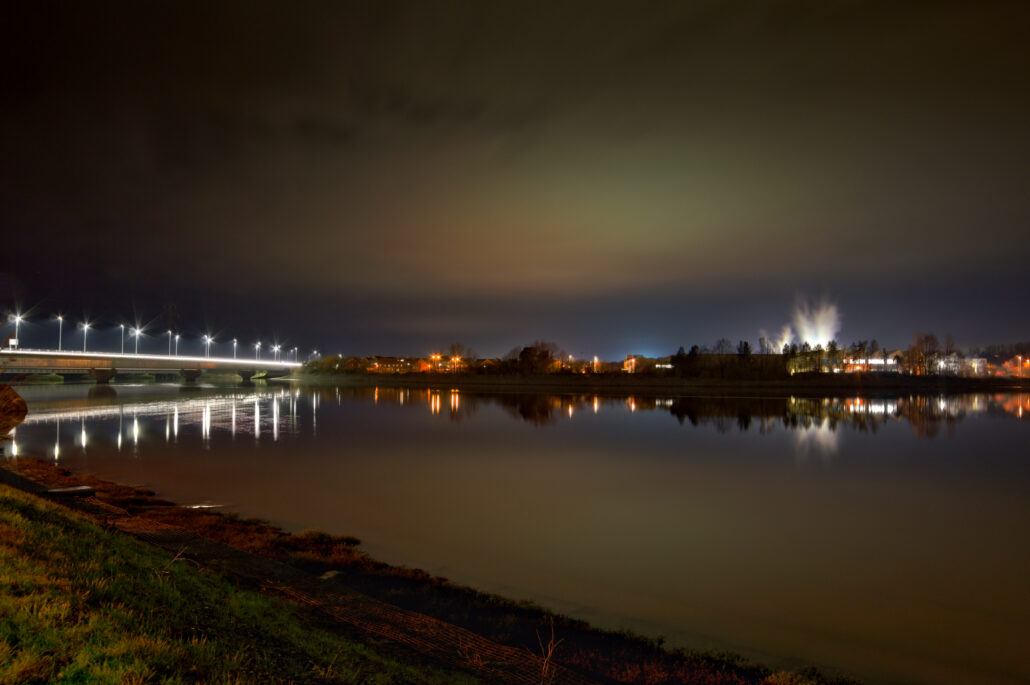
Finally, I cross the Loughor Bridge into Carmarthenshire. Since starting this journey on New Year’s Day, I’ve walked over 150 miles through 7 counties, with 720 miles left to go. I’m hoping to finish by the end of the year, so stay tuned for next month’s Resolven District News to find out how I fare!
~ ~ ~ ~

